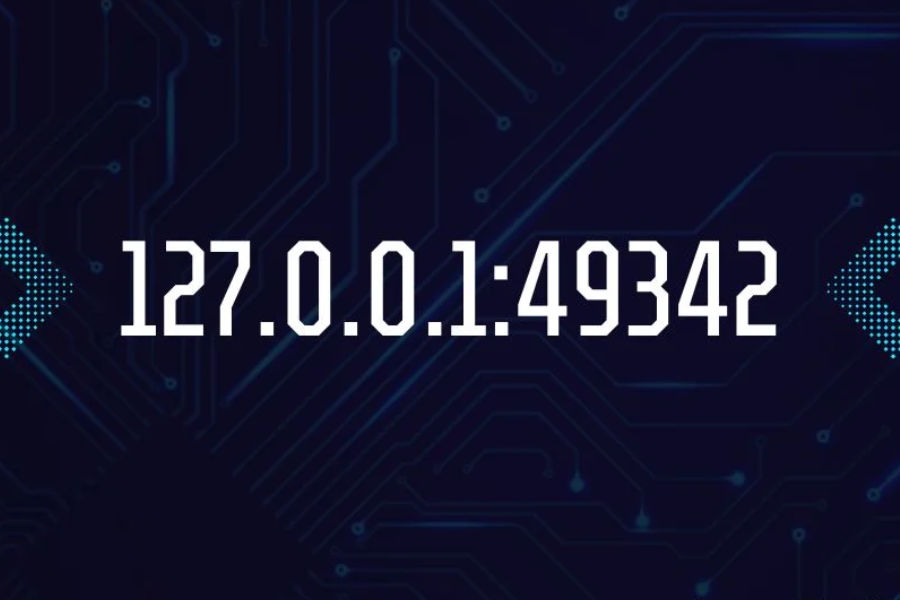127.0.0.1:62893 Ports are communication endpoints used to distinguish different kinds of network traffic. Port 62893 allows programs on one computer to communicate with other processes on that same machine, making development and testing possible without security concerns arising during testing or development processes.
But this localhost connection can become problematic if misconfigurations arise, requiring systematic troubleshooting steps to remedy. To address such issues quickly and efficiently.
What is 127.0.0.1 IP Address 127.0.0.1:62893?
Understanding IP addresses and ports in the digital landscape is paramount. Understanding their uses, benefits, and potential drawbacks will allow individuals to work confidently and efficiently within networking or web development environments.
127.0.0.1, more commonly referred to as localhost, allows computers to identify themselves. It is often used as an address used for hosting local services on one’s local machine – ideal for testing and debugging software development projects.
Port 62893 is one of many ports used to allow for the entry and exit of different types of data into and out of machines, and can be utilized by programs like Memcached to transmit information within computers.
Utilizing ports and IP addresses together makes testing software in a controlled environment simpler for developers, but it is crucial that they learn how to identify and fix common errors when working with this protocol.
What 127.0.0.1:62893 Can Do for You?
When conducting website or application development or testing, we often set up a local server and run things on it for testing purposes. This server is commonly referred to as “localhost,” with Computer Science terminology using phrases like “there’s no place like home” to refer back to this loopback address.
The 127.0.0.1 IP address, commonly referred to as the localhost or loopback address, is a special, non-routable address that uniquely identifies your computer. It allows applications and services to connect directly with it without using physical hardware or internet connectivity – an invaluable tool for troubleshooting network issues or running web apps or websites locally before moving them onto production environments. Simply type “localhost” in your browser address bar to connect directly with it and view any developing web sites or apps.
How to Use 127.0.0.1:62893
127.0.0.1, commonly known as localhost or loopback address, is a unique IP address reserved exclusively for use within local area networks (LAN). Connecting to this loopback address does not require physical connections to any real LAN hardware or an active Internet connection – unlike most other forms of IP addresses.
Many computer users, administrators and programmers utilize localhost as a testing environment for their programs, since it enables them to connect directly to an executable on their own PC without worrying about network connectivity issues or third-party software compatibility issues.
Loopback addresses can be especially beneficial in testing web applications. By simulating how a website functions on a single device before being deployed on larger networks, loopback addresses help reduce errors during live production environments and protect data from noise interference or hardware failures that might otherwise misinterpret or misbehave in real time.
The Step-by-Step Troubleshooting Guide
Developers commonly utilize 127.0.0.1:62893 as an isolated environment to test their applications without risking external exposure or vulnerabilities. As a result, it’s crucial that developers fully comprehend its functionality and be familiar with any common errors when working in this way.
Connectivity errors are one of the more frequently reported issues with this IP address, often caused by firewall restrictions or software bugs. Reviewing application logs for errors and making sure software updates are current can help users resolve this problem more quickly.
Another common error involves services not being available on port 62893, possibly as the result of misconfiguration with firewall settings or another service occupying it. Tools like netstat and lsof can help verify whether these services are running and what ports they’re using.
Conclusion
127.0.0.1:62893 is an IP address that uniquely identifies a local host computer; the “localhost” part refers to its computer, while “:62893” denotes its listening port number. This combination of IPs is often used when testing and debugging applications in an isolated environment without impacting other network systems such as the internet or local networks.
Localhost provides security by restricting who and what can enter and leave its network, making it harder for hackers to gain access to crucial information or interfere with operations. Regular monitoring and properly configured firewalls can help mitigate this threat.
The IP addresses within the 127.0.0.* range, particularly 127.0.0.1, play an essential part in local networking and application development. Gaining an understanding of their functions, limitations, and troubleshooting common errors are essential skills for anyone involved in IT, development or network administration. By employing best practices and selecting suitable tools it’s possible to minimize downtime while sustaining peak performance levels.
FAQs
127.0.0.1 is a special loopback IP address that allows computers to communicate with one another. When combined with port numbers such as 62893, this address can be used to access specific services on a computer for testing and development purposes, or troubleshooting issues with applications that don’t run as expected.
IT professionals often rely on pinging 127.0.0.1:62893 as a quick way of troubleshooting software and hardware connectivity issues. This approach may prove more successful than simply rebooting their device; plus it ensures all essential components are functioning optimally.
Localhost is an essential component of networking, and understanding its operation can help resolve various technical issues. This article covers both its basic operation and some of its most frequently occurring errors so you can ensure that your computer runs efficiently and smoothly. By following these tips you can ensure your PC continues running optimally.















Leave a Reply